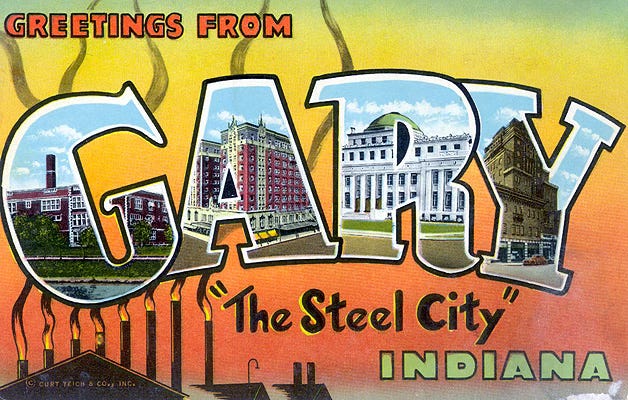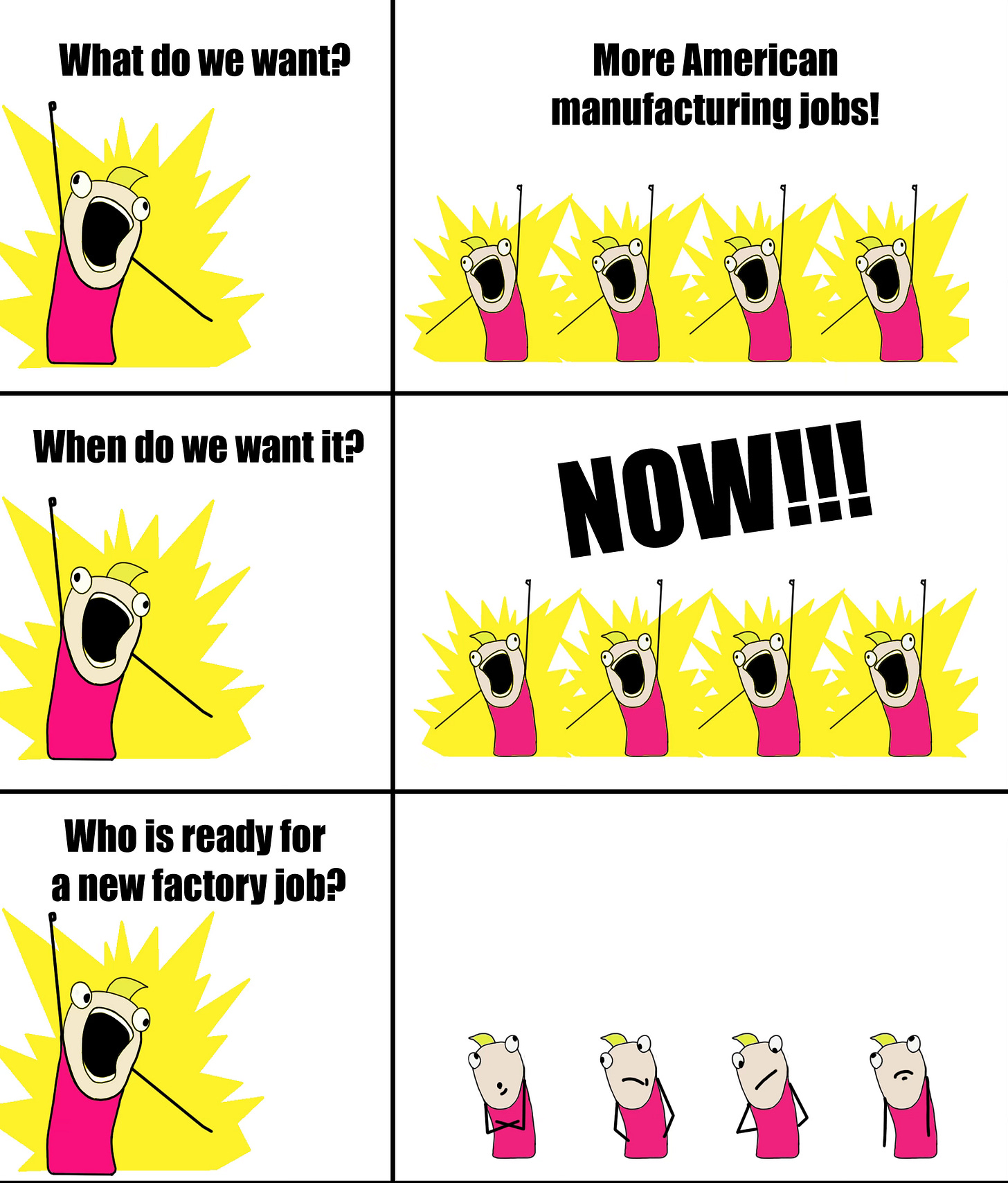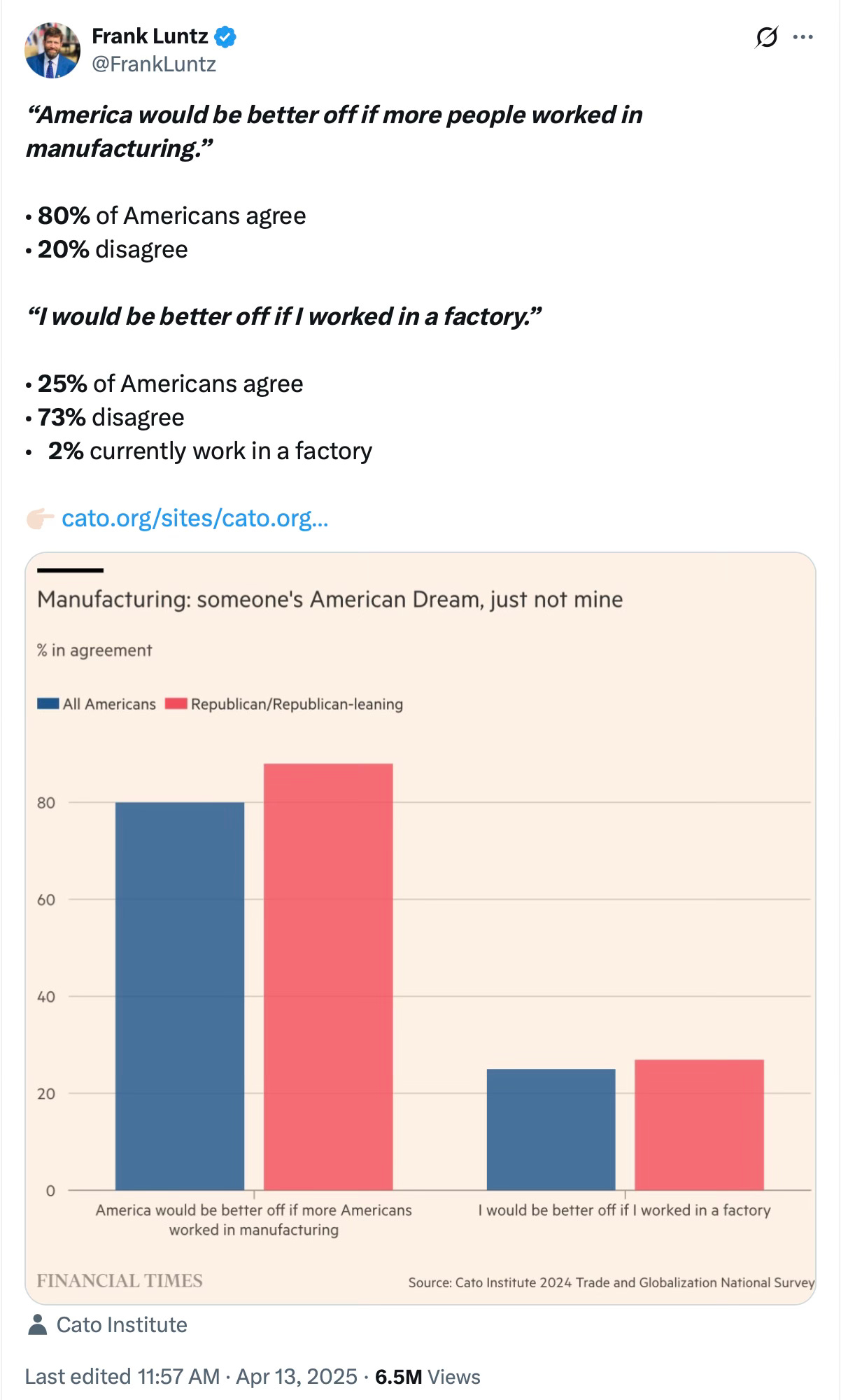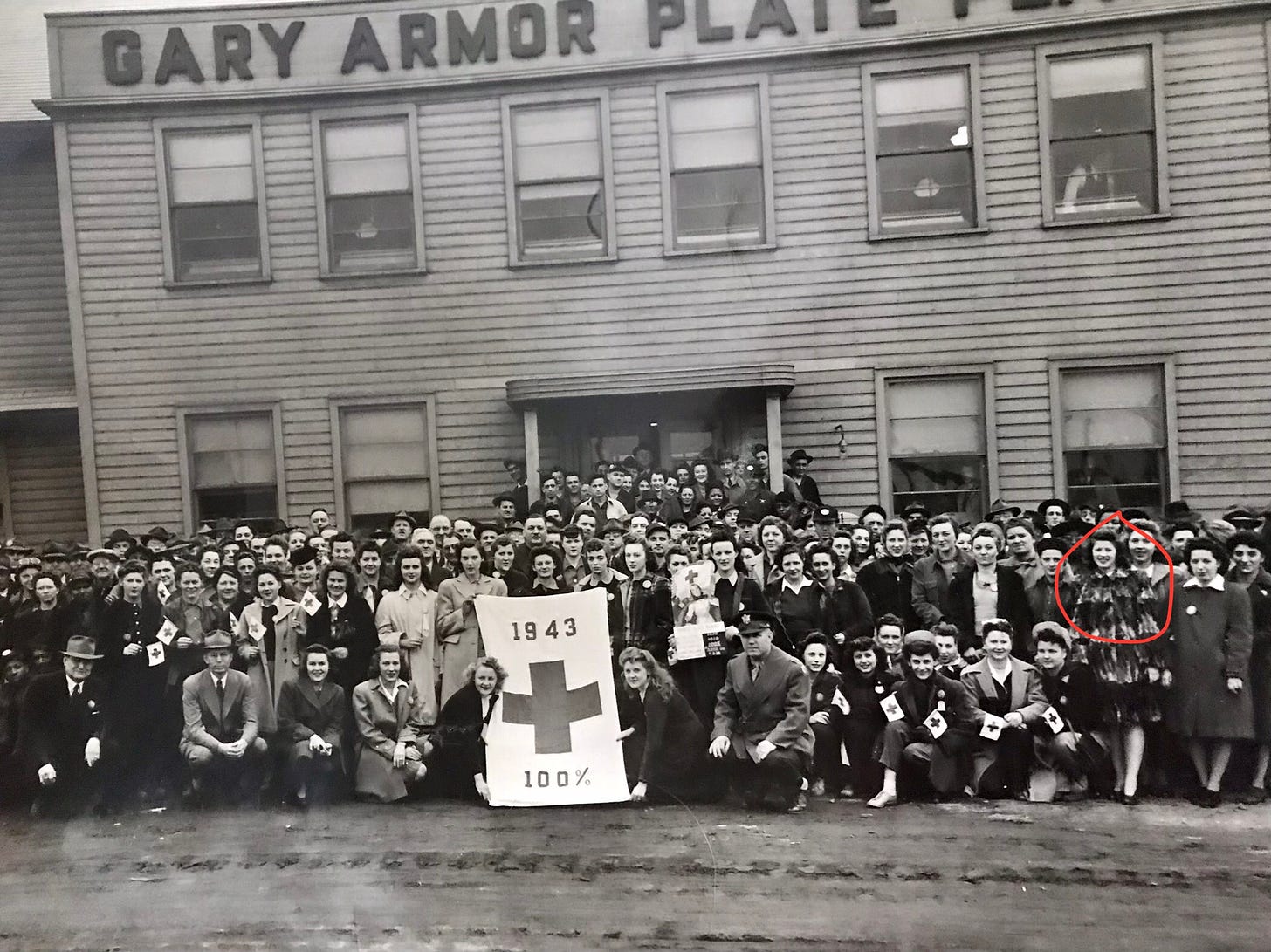
It is a matter of faith among many Americans that tariffs will provide the balm for the economic woes in the United States.
One of those myths is that tariffs will bring about a revival of American industrial power in which the US no longer depends upon imports from other nations. America First, baby!
And why not? In March, Small Business Administrator Kelly Loeffler announced the Made in America Manufacturing Initiative, stating:
“With the Made in America Manufacturing Initiative, we’re slashing red tape, expanding access to capital, and fueling a manufacturing resurgence that will create high-paying jobs and revitalize communities across the country. By prioritizing American-made products, we’re not just securing our economic dominance — we’re protecting our national security by ensuring the essential goods we rely on are produced right here at home. SBA’s initiative is a promise to every hardworking American and small business owner: We’re putting American jobs and strength first.”
Sounds positive and all, but it reminds me of the “Underpants Gnomes” episode in South Park where tiny gnomes steal underwear from peoples’ dresser drawers to make a tidy profit … somehow.
Bottom line is that most any economist not named Peter Navarro puts the kibosh on tariffs, including the notion that such economic strategy will somehow bring back American industry.
Serious Economists Speak Out
One of my favorite reads at Substack is Bastiat’s Window, authored by Robert F. Graboyes, who holds a PhD in economics from Columbia University. In April, Graboyes penned an article in which he wrote that tariffs are “economically incoherent” and could tank the economy.
He also listed nine economic “superstitions,” including the canard that “Trade has destroyed American manufacturing.”
“Manufacturing employment has shrunk over the past half-century, both in absolute numbers and even more as a share of overall employment, but mostly because of domestic competition and automation. Some manufacturing did go overseas as Americans moved into higher-earning occupations. Likewise, 150 years ago, 50% of Americans worked in farming, versus 2 percent today—but we don’t fret that 48% of Americans have “lost their farm jobs.” To be sure, there are some worrying reasons why some manufacturing has gone overseas. For example, eliminating shop classes on American schools a generation ago left us bereft of skilled craftspersons. But tariffs won’t fix that.”
Here’s analysis from Robert Handfield, PhD, from the Supply Chain Resource Cooperative at North Carolina State University:
“Unfortunately, although the current administration is trumpeting that tariffs will bring back new manufacturing jobs back to the United States, this is false. The reason is that it takes years, if not decades, to move manufacturing facilities from one country to another.”
That common sense is echoed by the Institute for Economic Affairs, a free market think-tank based in London:
Molson Hart, the founder and president of Viahart, an educational toy company, wrote an opinion piece in Ars Technica in which he gave 14 reasons why tariffs won’t bring back manufacturing. Here are a few:
America’s industrial supply chain for many products is weak.
The effective cost of labor in the United States is higher than it looks.
We don’t have the infrastructure in America to manufacture.
The labor does not exist to make good products. (Think skilled craftspersons, as Graboyes pointed out above).
Automation will not save us.
Molson’s final point is this:
Michael Jordan sucked at baseball.
Wait, what?
“Michael Jordan is arguably the greatest basketball player of all time, perhaps even the greatest athlete of all time.
He played baseball in his youth. What happened when he switched from basketball to baseball? He went from being an MVP champion to being a middling player in the minor leagues. Two years later, he was back to playing basketball.
And that’s exactly what’s going to happen to us.”
Another Dirty Little Secret
Here’s something else the tariff fans don’t want to admit.
Americans love the idea of manufacturing coming back. They just don’t want to work in factories.
Pollster Frank Luntz, in collaboration with the Cato Institute, brings the receipts on this dirty little secret. This is neither a Republican nor a Democrat issue. Bottom line is that virtually no one wants to work in a factory.
We have moved beyond early/mid-20th century labor. We are now a tech society.
Colin Grabow, associate director at Cato’s Herbert A. Stiefel Center for Trade Policy Studies, told Fortune:
“It’s a result that holds across class, education, and racial lines. The most enthusiastic group, those aged 18–29, still registered just 36% interest in manufacturing employment.”
Plus, according to the St. Louis Federal Reserve, there are about 500,000 manufacturing positions currently open. Not exactly a ringing endorsement of bringing factories back.
Which Brings Me to My Rust Belt Childhood
I was born in Gary, Indiana, although I grew up in Crown Point, about 20 miles directly south. However, since my parents were born and raised in Gary, and my grandparents, aunts, uncles, and cousins still remained there, we went back to Gary — a lot. Besides, the shopping in tiny Crown Point at that time was negligible, and Gary had some very respectable department stores.
It was a grimy town due to the constant smoke from the blast furnaces at the gigantic US Steel Gary Works plant, but it was still a great place.
Gary was not organic, but a planned city on the southern tip of Lake Michigan, not far from its bigger brother to the west, Chicago.
Nearly every male from my family worked at the mill at some point. Both my grandfathers worked there, as did my uncles. My father spent two years in the mill after returning from service in World War II but managed to snap up a job with what was then Illinois Bell Telephone shortly after he and my mother were married. Installing phones in rural Lake County beat factory labor, so they moved out of Gary, eventually building a house in Crown Point, and changing my family’s trajectory.
During World War II, Gary Works was at peak production supplying American forces with the hardware they needed. My mother worked at the Gary Armor Plate Plant, which provided steel for tanks, although she manned a typewriter. A tiny woman, she was not a Rosie the Riveter.
At the time I was born, Gary was near its peak population of 178,000 residents. But the flush days ended in the 1970’s, with sharp declines each year up to 2025. It now has an estimated population of 66,700.
What happened? Steel manufacturing declined nationwide, turning the “City of the Century” into an urban wasteland. Property values declined, businesses went under, poverty increased, crime moved in, and the people who could leave, left. As for the mill: its number of workers dropped from a high of 30,000 to 4,000 today.
But tariffs will Make Gary Great Again, right?
That’s highly doubtful, as we’ve learned from the economists and business owners I’ve cited above. Even the presence of the Michael Jackson childhood home can’t attract people to Gary.
But wait! There may be hope for Gary yet.
In June, the beleaguered US Steel corporation was bought for $15 billion, including Gary Works. The new owner is … Nippon Steel. Not exactly the dream of the America Firsters.
However, Nippon has agreed that any CEOs be US citizens, as well as the majority of the board of directors. US Steel can still keep its name. As for Gary — Nippon has pledged at least $1 billion to Gary Works, including a rebuild of one of the aging blast furnaces, which would extend its life another two decades, as well as provide more efficient steel production.
As for the union steelworkers in Gary who run the furnaces — their futures are not set. They don’t know which parts of the mill will get upgrades, which will go idle, and whether jobs may be protected or lost.
I don’t know if the city of my birth will return to its former glory. I rather doubt it. But if Gary, or any Rust Belt city, is brought back from the brink of complete decay, it will be through free trade — maybe even with a global flavor. Isolationist tariffs are not the answer.







